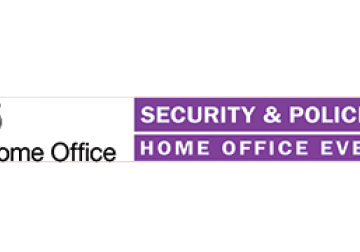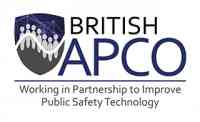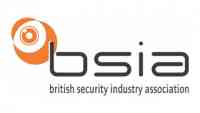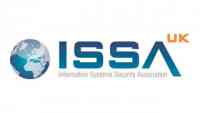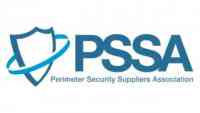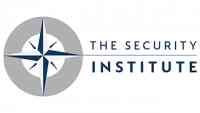SIA launches review of security licence qualifications

The SIA has launched a major strategic review of the qualifications and linked training required to apply for an SIA licence.
The aim is to update the SIA’s licence-linked qualifications requirement, so it keeps pace with the demands on SIA-licensed operatives and ensures they have the safety-critical skills to keep the public safe.
The review will examine the content of qualifications and consider updates to counter-terror content; what new content is required and what changes are required to safety-critical skills like physical intervention and searching.
It will also look at how to meet emerging issues, like dealing with social media auditors and using new technologies and equipment and how to make sure existing content remains as comprehensive as possible, especially on issues like spiking awareness and specialist searching techniques such as searching wheelchairs.
Michelle Russell, SIA chief executive, said: "Every 5 years we conduct a back-to-basics review of the content of the licence qualifications, how they are assessed and carried out. These reviews primarily focus on identifying what new content is required. However, this time we are doing it differently.
"As well as reviewing content, I have asked for a fundamental look at how the rules around the assessment and invigilation of examinations and requirements can be tightened. This also includes the delivery of the training courses supporting the qualifications, to ensure public confidence in them.
"It is essential that the public, security, employers and the SIA have trust and confidence that those with an SIA licence have been properly tested on the basic skills and knowledge they need to do the job. As the demands on private security operatives keep changing, their skills and knowledge need to keep pace too. This review represents a strategic reset and comes at an important time for the security industry.
"All ideas are on the table. The outcome of this review must ensure the new content and standards set are fit-for-purpose, and the assessment arrangements are strengthened to reduce the risk of training malpractice and ensure public confidence in the investment in the skills and competency of those awarded qualifications."



